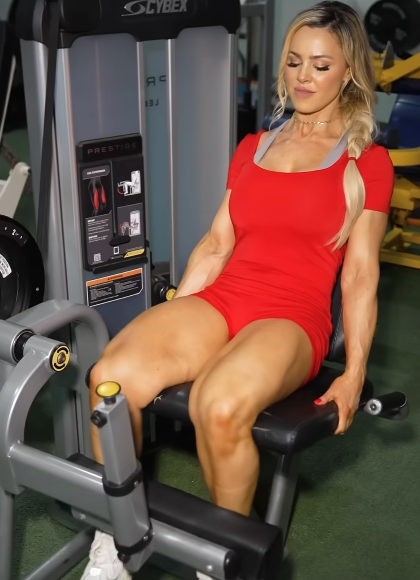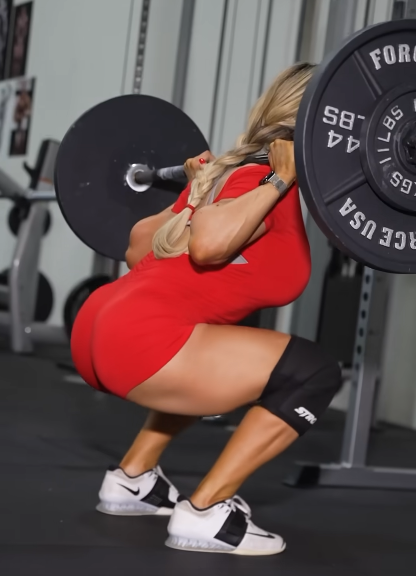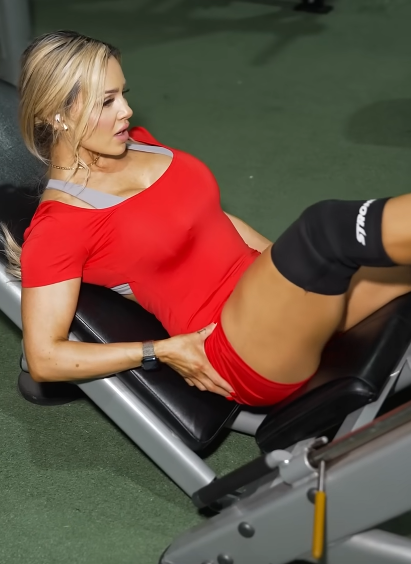
Leg day is one of the most essential yet often neglected aspects of a well-rounded fitness routine. While many people focus on building upper body strength and achieving a chiseled physique, a strong lower body is just as crucial. Training your legs not only improves overall athletic performance but also enhances mobility, prevents injuries, and contributes to a balanced and aesthetically pleasing physique. In this article, we will explore the importance of leg day, effective exercises, common mistakes to avoid, and tips to maximize your leg workouts.

The Importance of Leg Day
Legs are the foundation of the human body, supporting every movement we make. Whether walking, running, jumping, or simply standing, the strength of your legs determines your stability and endurance. Here are a few reasons why leg day should be a priority:
- Enhances Overall Strength and Performance
- The legs contain some of the largest muscles in the body, including the quadriceps, hamstrings, glutes, and calves. Strengthening these muscles improves overall body power and performance in sports and daily activities.
- Boosts Metabolism and Fat Burn
- Since leg exercises engage multiple muscle groups simultaneously, they require significant energy, leading to increased calorie burn and a boosted metabolism.
- Prevents Muscle Imbalances
- Skipping leg day can result in an unbalanced physique, where the upper body appears more developed than the lower body. This imbalance can lead to poor posture and increased risk of injuries.
- Improves Functional Movements
- Strong legs help with everyday tasks such as climbing stairs, carrying heavy loads, and maintaining proper posture.
- Supports Joint Health and Reduces Injury Risk
- Strengthening the muscles around the knees and ankles helps provide better support and stability, reducing the likelihood of injuries.

A well-structured leg workout should include exercises that target different muscle groups to ensure balanced development. Here are some of the most effective exercises for building strong legs:
1. Squats
- Targets: Quadriceps, hamstrings, glutes, and core
- Variations: Bodyweight squats, barbell back squats, front squats, goblet squats
- Proper Form: Stand with feet shoulder-width apart, lower your body by bending your knees and hips while keeping your back straight, and push through your heels to return to standing.
2. Deadlifts
- Targets: Hamstrings, glutes, lower back, and core
- Variations: Conventional deadlifts, Romanian deadlifts, sumo deadlifts
- Proper Form: Keep your back straight, hinge at the hips, and lift the barbell by driving through your heels and engaging your hamstrings.
3. Lunges
- Targets: Quadriceps, hamstrings, glutes, and calves
- Variations: Walking lunges, reverse lunges, lateral lunges, Bulgarian split squats
- Proper Form: Step forward, lowering your back knee close to the ground while keeping your front knee aligned with your ankle, then push back up.
4. Leg Press
- Targets: Quadriceps, hamstrings, glutes
- Proper Form: Place feet shoulder-width apart on the platform, lower the weight until your knees form a 90-degree angle, then push back up without locking your knees.
5. Calf Raises
- Targets: Calves (gastrocnemius and soleus)
- Variations: Standing calf raises, seated calf raises, donkey calf raises
- Proper Form: Stand with feet shoulder-width apart, push through the balls of your feet to lift your heels, then lower back down slowly.
6. Hamstring Curls
- Targets: Hamstrings
- Variations: Lying leg curls, seated leg curls, resistance band hamstring curls
- Proper Form: Adjust the machine to align with your body, curl the weight toward your glutes, and control the movement as you return to the starting position.

Common Leg Day Mistakes to Avoid
Many gym-goers make errors during leg day that can hinder progress or lead to injuries. Here are some common mistakes and how to avoid them:
- Skipping Warm-Up
- Failing to warm up can lead to muscle strains or joint injuries. Always perform dynamic stretches and light cardio before starting your workout.
- Using Incorrect Form
- Poor form can put unnecessary strain on your knees and lower back. Focus on proper technique before increasing weights.
- Neglecting Certain Muscle Groups
- Many people overemphasize quadriceps exercises while neglecting hamstrings and calves. A well-rounded routine ensures balanced development.
- Lifting Too Heavy, Too Soon
- Trying to lift heavy weights without mastering form increases the risk of injury. Gradually increase the weight as you gain strength.
- Not Resting Between Workouts
- Overtraining can lead to muscle fatigue and hinder recovery. Ensure you give your legs adequate rest before training them again.

Tips for Maximizing Your Leg Workouts
To get the most out of your leg day, follow these strategies:
- Prioritize Compound Movements
- Squats, deadlifts, and lunges should be the foundation of your leg day, as they engage multiple muscles and promote strength gains.
- Incorporate Progressive Overload
- Gradually increase weights, repetitions, or sets to challenge your muscles and stimulate growth.
- Maintain Proper Nutrition
- Eating a balanced diet rich in protein, carbohydrates, and healthy fats helps with muscle recovery and performance.
- Stay Hydrated
- Drinking enough water prevents muscle cramps and keeps your body functioning optimally.
- Listen to Your Body
- If you experience pain beyond normal soreness, rest or adjust your training approach to avoid injury.

Conclusion
Leg day is a crucial component of any fitness program, contributing to overall strength, mobility, and athletic performance. By incorporating effective exercises, avoiding common mistakes, and following best practices, you can build strong, well-developed legs that support your entire body. Whether you are an athlete, bodybuilder, or fitness enthusiast, prioritizing leg day will pay off in both aesthetics and functionality. So, the next time you think about skipping leg day, remember that strong legs are the foundation of a powerful physique.



